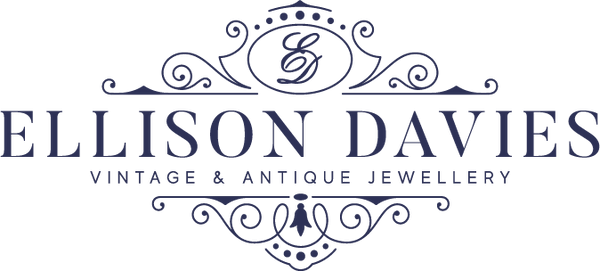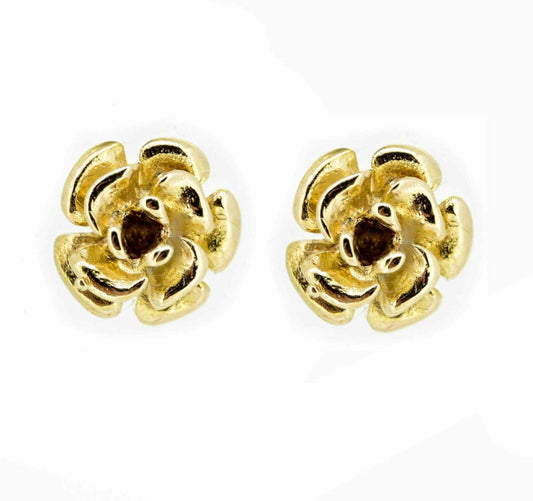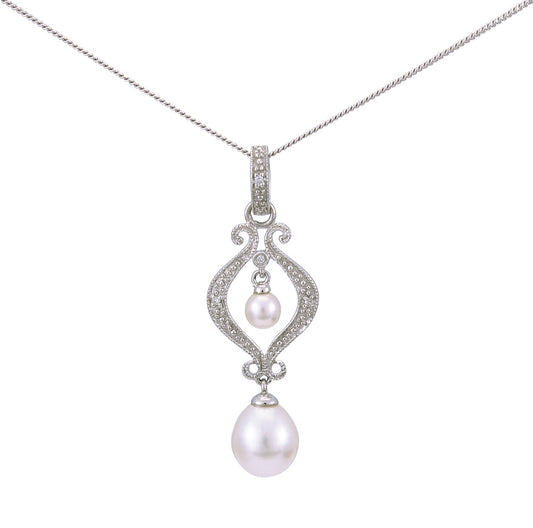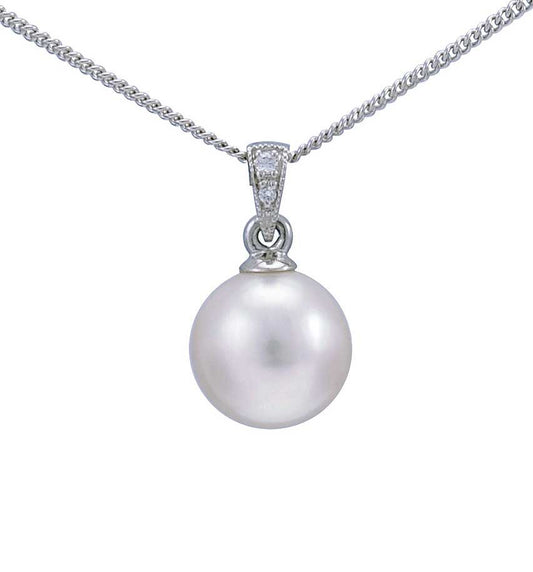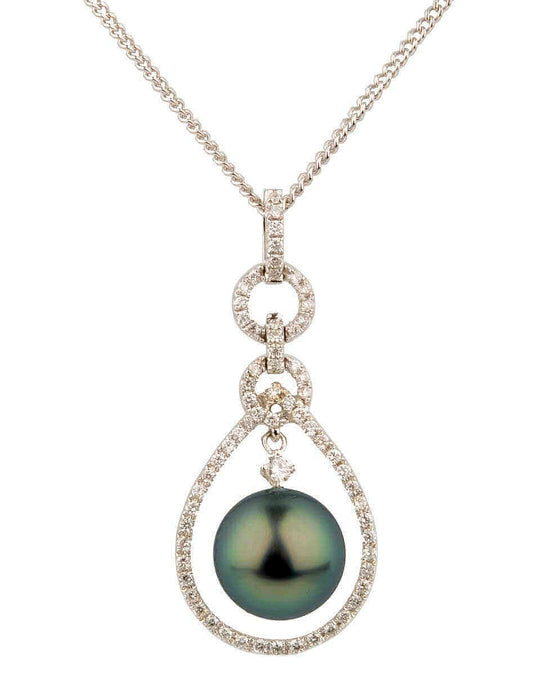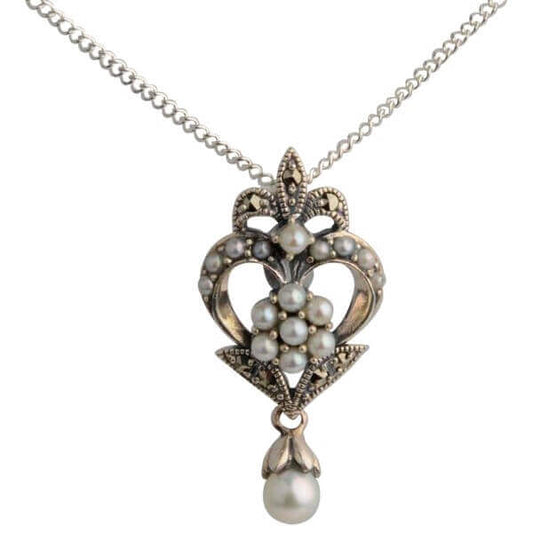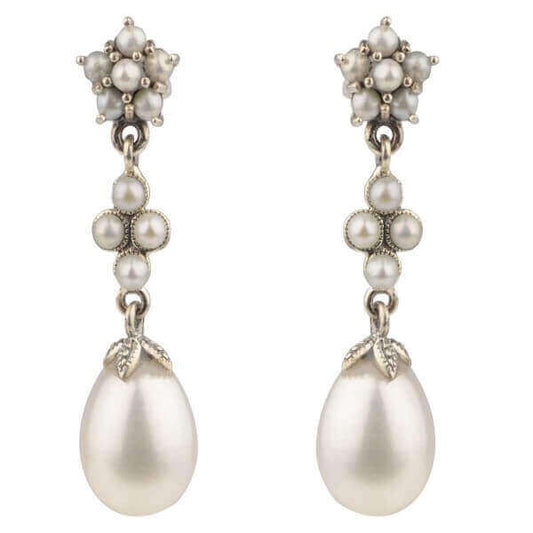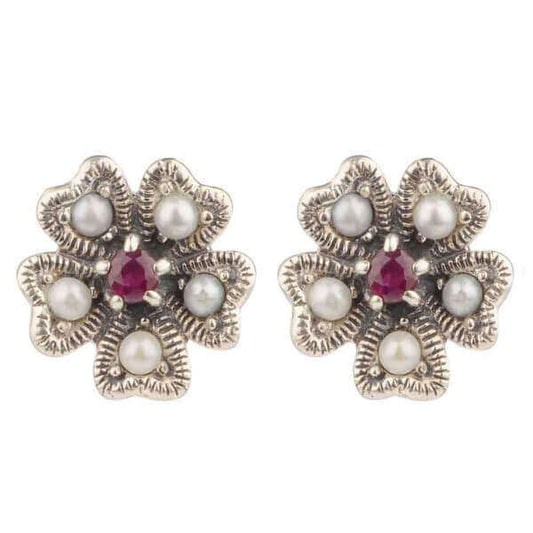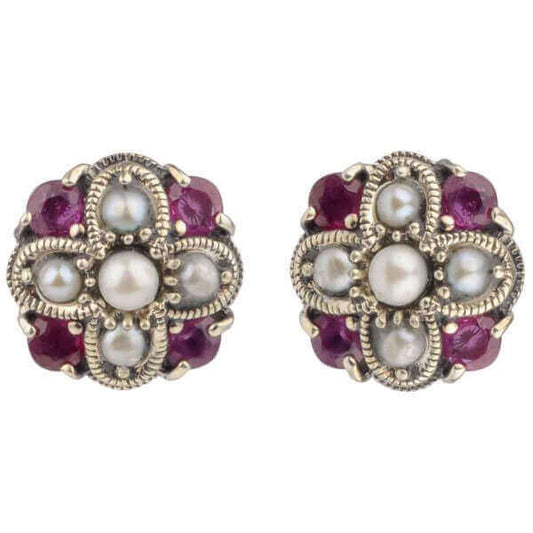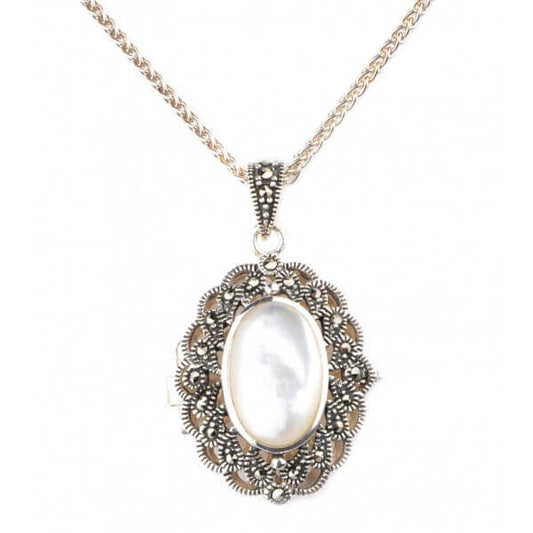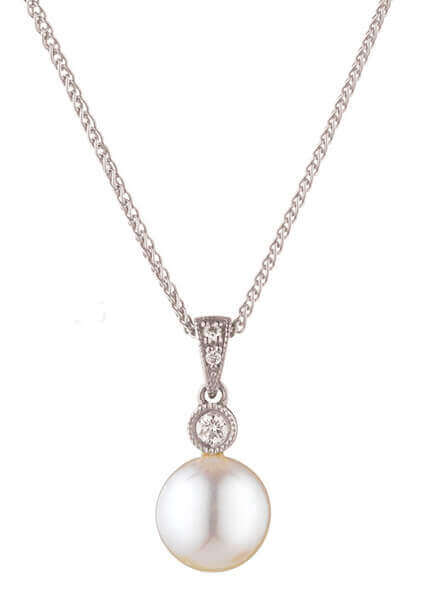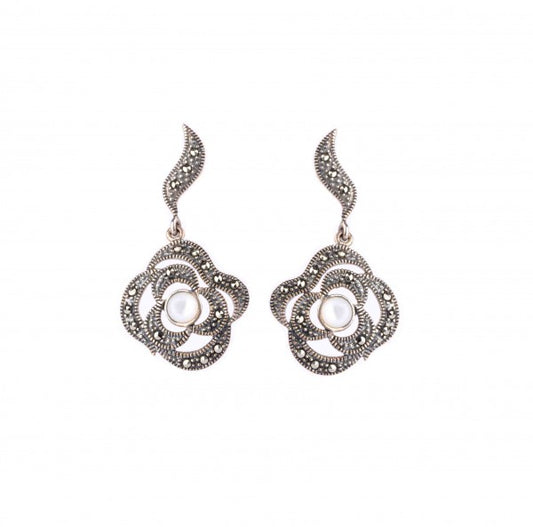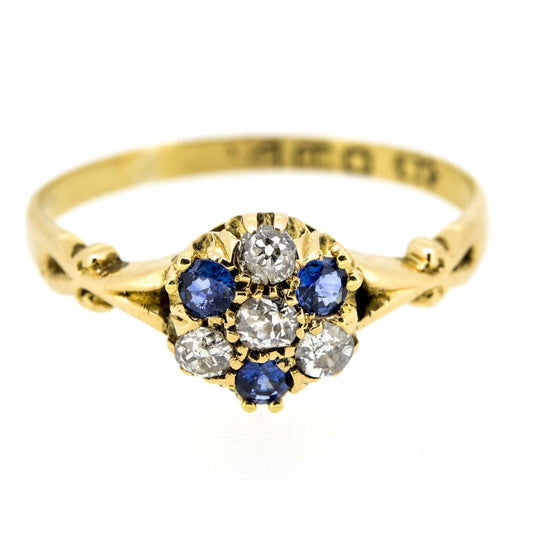Collection: Edwardian Period: 1901-1914
Referred to as 'La Belle Époque' across Europe, the Edwardian era was an era of merriment and prosperity for the elite, propelled by the hedonistic lifestyle of King Edward.
Reacting against industrially produced jewellery, the style gravitated towards a more ethereal and dainty aesthetic, reminiscent of the 18th century. Conventional designs incorporating bows, floral garlands, ribbons, and lace became predominant.
Platinum gained popularity during this period. Its robust nature allowed for the crafting of lighter, millegrain embellished and diamond-studded 'lace' jewellery, complementing the in-vogue pastel hues of the era.
Changes in dress styles and necklines ushered in a newfound significance for necklaces. Their design varied, from the favoured 'dog collars' to elongated pearl 'chains' worn at full length, often extending below the waist.
This era also saw the Art Nouveau movement come into its own, with its distinct motifs drawn from the natural world ,seeing craftsman artists such as Lalique and Fouqeut employing enamel and organic gems in their designs. The period also brought a revival of interest in older cuts of gems, like the rose cut and the old European cut, which were used more frequently in jewellery pieces. Furthermore, this was a time of remarkable social change and advancement, mirroring the evolving styles of jewellery and fashion.
